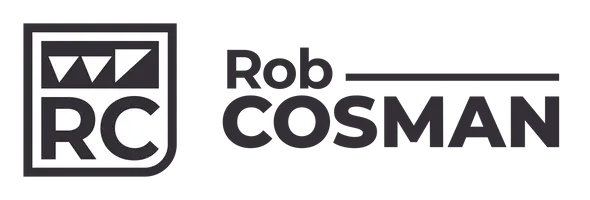Six tips on How to Make a Better Shooting Board
Luther Shealy
Shooting boards (also called chute Boards) are very simple woodworking aids that gives the hand tool woodworker “super-powers.” I say super-powers because it’s a shooting board that allows you to make dead-on square 90-degree cuts or miter cuts on your stock. No other devise gives you as reliable a cut! Not even the most carefully set up chop saw, or a table saw. Even if you get your table saw or chop saw set up dead-on square, the vibration and movement inherent in the machine will throw off your carefully tuned in cut – it will happen.
A well-made, simple shooting board will stay square or at whatever angle you designed it for a long time and if it does go out, you can easily tweak it back into standard and it will serve you again for a long time before having to address the issue again.
Notice that I put in the qualifier, “a well-made” shooting board. I say this because while simple to make, a shooting board is also simple to screw-up. I have helped a lot of beginning woodworkers make a shooting board and helped them diagnose what the issue is when their shooting boards don’t give them dead-on accurate cuts. I will share my tips for making an accurate shooting board. The tips below assume you are making a shooting board with a 90-degree fence, but the principles apply to miter shooting boards too.
Tip #1: You must have an accurate square. If you want a really good shooting board, you must start with a really good square. One that is dead-on square. This is the biggest mistake I see with beginner woodworkers. They try and build a shooting board with a poor-quality square. Its not good enough to be really close to square, it MUST be dead-on square, or you won’t get accurate results. You won’t get a dead-on square, square at the big box store or for an inexpensive price at some large inexpensive online store. Even the really trusted names in squares typically make a premium line and an inexpensive line of squares. Read high quality / accuracy and low quality / accuracy.
I prefer to use a 12-inch machinist square that I have tested. But a very accurate 12-inch combination square or a large accurate triangle will also work. And yes, you will have to pay to get a good square, but it will become your treasured reference square that you will use forever. As I write this article, I would expect to spend $175-$275 or more for such an accurate 12 inch square.
Tip #2: Know how to read dead-on square. I find learning this skill is elusive to beginner woodworkers, especially if they do not have an experienced woodworking mentor to teach them this skill. There is no “close” to square or “good enough.” It’s either square or it’s not square. Pay attention to what you are referencing your square’s reference face to. It should be a prepared reference face known to be flat. If you are checking square by looking at a light source, there should be 0% light showing under the beam of the square, 1% light showing is not square. If you cannot look at a light source, use .0001 shim stock to test if the square’s beam is dead square to the work.
Tip #3: Use good plywood for your shooting Board. You want an accurate shooting board then start with high quality Baltic Birch plywood that wont bend an curl like construction grade plywood from the big box stores.
Tip #4: Mill your reference fence square. As a minimum, when you mill your reference face at least one face and one of the adjoining edges must be dead-on, perfectly square. I prefer making the entire reference piece of wood square but that’s arguably overkill.
Tip #5: Use “F” style clamps to clamp your square to your shooting plane’s sole and your board’s reference fence to the beam of the square. With the plane and the reference fence clamped tightly to your square, clamp your plane to the edge of the shooting board it will ride against. Check and recheck that everything is dead square. Then use glue to adhere the fence to the shooting board. Let the reference fence tack up for about 5-10 minutes before you drive in your screws. This way the screws won’t try to twist the reference face out of square.
Tip #6. Test the cut and only except perfection. The truth is that you can adjust your plane blade slightly to account for any inaccuracies, but I want my shooting board to be dead square. I want to be able to depend on it for perfect cuts every time. Test it, if you don’t get perfect cuts, start over, and make a more accurate shooting board.
I hope this helps.
Luther



